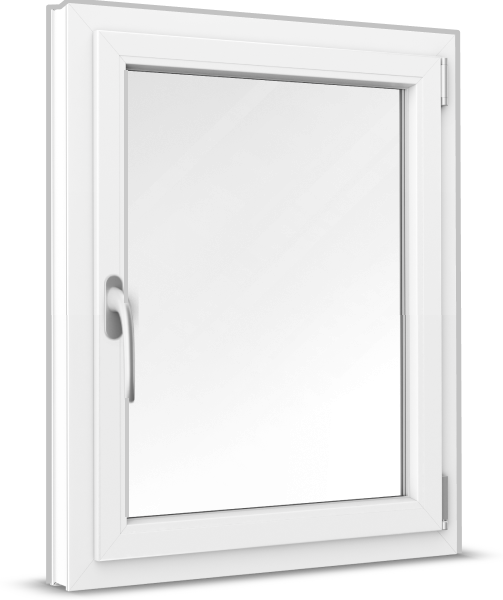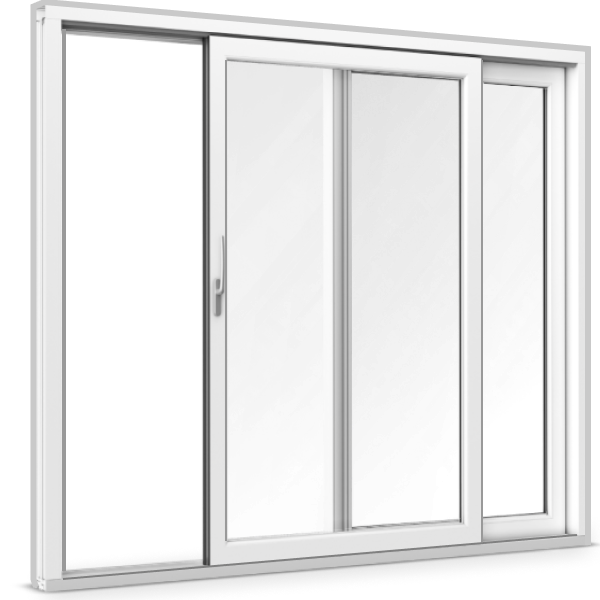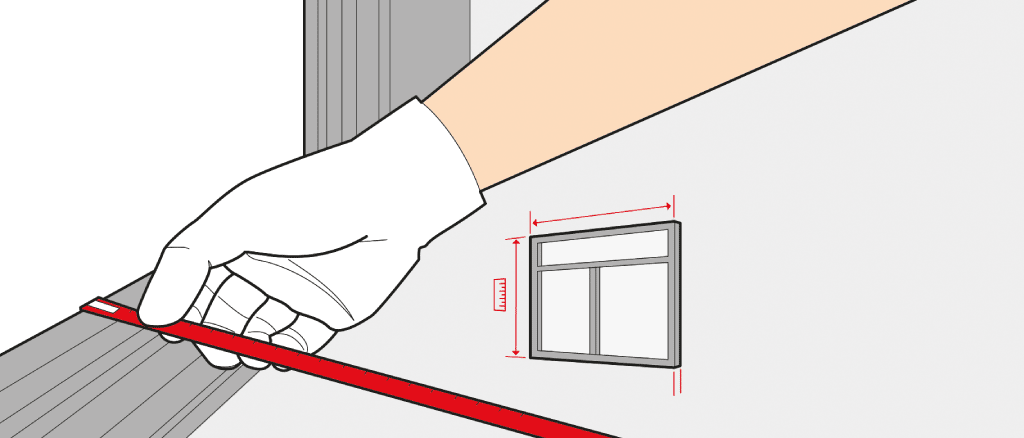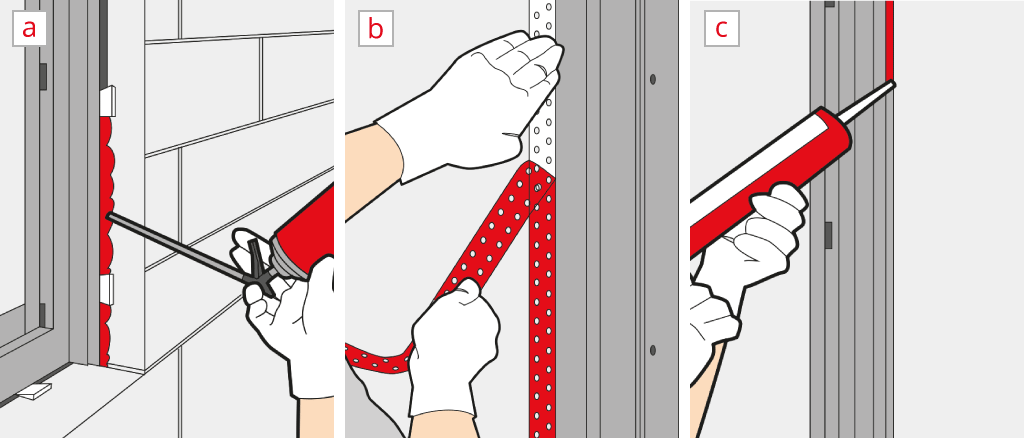-
Windows
 Windows
Windows
-
French Doors
 French Doors
French Doors
-
Patio Doors
 Patio Doors
Patio Doors
-
Front Doors
 Front Doors
Front Doors
-
Roller Shutters
 Roller Shutters
Roller Shutters
-
Window Sills
 Window Sills
Window Sills
-
Sign in
Contact us
The installation of new wooden, aluminium or uPVC windows and doors is one of the most important steps during the construction of a house. Poorly adjusted windows lower burglary protection and incorrect jointing can make the heating costs a nightmare. But with the right tools and materials, do-it-yourself enthusiasts can easily perform the installation of any window in a new house on their own. This manual can teach you the installation procedure for a window in a new house in about 2 - 3 hours working time – without spending a lot of money on professionals.
Materials
Tools
Whether in a new or an old house – it is important to have all necessary materials at the cleared working space before you start with the installation of aluminium, wooden or uPVC windows in a new building. Please do not underestimate these simple preparation steps. The working time is unnecessarily prolonged, when important materials are not in the right place.
Please re-measure the dimensions of the reveal in the new building construction and compare them to the measurements of the new window (Fig. 1). This simple procedure can prevent problems from the beginning. For an installation in accordance with RAL regulations you should also make sure that all surfaces in the reveal are plain and free of dust. This will ensure that the seals can be perfectly attached to the masonry.

At this point you should also start to think about an appropriate sealing type for a later step of the installation. The space between reveal and frame is separated into three levels with different requirements. It must be vapour resistant inside, filled with insulating materials in the centre and open to vapour diffusion outside. Poorly insulated reveals can have a negative impact on the U-value of glazing as well as on the construction parts of the frame. There are various insulation materials for these three sealing levels (inner, middle and outer):
Before you can start with the installation you have to prepare the new window:

After the frame is prepared for installation, it can be inserted and adjusted:

The following steps can only be performed, after the sealing has been successfully installed and the element is perfectly adjusted in the wall opening.


After the construction foam between the new house and frame has hardened, you can start with the installation of the casement:

These installation instructions will help you to install your windows in a new house easily – as long as the measuring, mounting and foaming has been performed correctly. Always consider that poorly adjusted windows and front doors (of all opening types) will not work properly and will not insulate sufficiently. This will also lead to a loss of energy. With sufficient working time and patience, you will not only save money on professional help. It will also have a very valuable effect on the efficiency of your new windows.